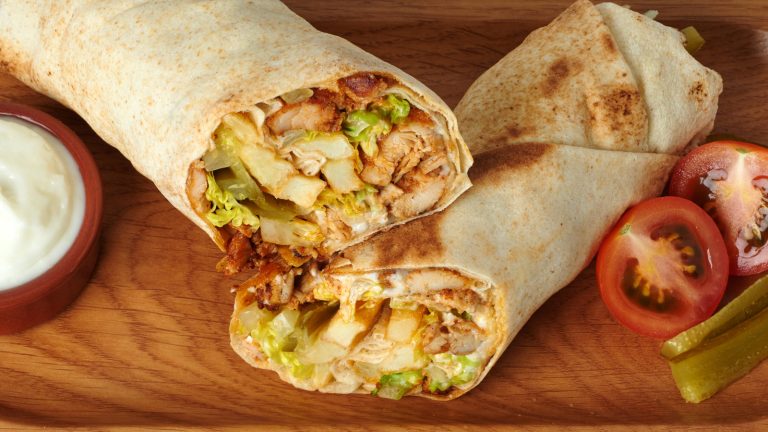Condensed milk was developed in the early to mid-1850s after entrepreneur and inventor Gail Borden witnessed children dying from contaminated milk. Refrigeration wasn’t accessible to the public at that time, nor was milk pasteurized, and the storage methods for milk were fallible, leaving it to spoil rather quickly. Borden embarked on a journey to preserve milk better and give it a longer lifespan.
He leaned on the work French chef Nicolas Appert had already made condensing milk. High temperatures killed bacteria in the milk and removed a large percentage of the water in milk, but Appert’s product was considered flavorless. Borden solved this by adding sugar, which sweetened the milk considerably and acted as a preservative. He then turned to tin cans to answer the storage problem, sterilizing them first, and sealing them completely.
However, condensed milk still wafted in the shadows of the market, until journalist Frank Leslie wrote a number of articles lambasting New York’s dairy industry. The articles exposed the industry for selling contaminated milk that was marketed as fresh, and Borden saw the opportunity to position condensed milk as a solution. There was more solid uptake then, especially by parents who needed milk for their babies. But it was a massive order from the United States Army to use condensed milk in ration packs during the Civil War in 1961, and soldiers bringing the experience of this, and other canned foods, back home with them that really gave the product notable infiltration of the market.
Condensed milk landscape shifts
Condensed milk’s popularity saw a number of competitors enter the market — Nestlé was created for this reason — and condensed milk started seeing more presence in stores. Concerns from the healthcare industry over the high sugar content led to the invention of evaporated milk by John B. Myenberg in 1883, which had no sugar added.
But condensed milk was here to stay, and cooks and chefs started incorporating it into recipes. Desserts are a given, with the sweet liquid being a vital component in dishes such as key lime pie, pumpkin pie, cremora yogurt fridge tart, fudge truffle cheesecake, and even Rocky Road ice cream. It also helps to make a mouthwatering dulce de leche sauce. Or it can be used to make homemade liqueurs like Irish Cream, Spanish coquito, or a refreshing Vietnamese iced coffee.
Condensed milk can elevate savory dishes too. It’s the secret to caramelized pork shoulder, and works wonders with a traditional mac ‘n cheese. Or use it to add a slight sweetness to home-baked bread like the pani popo. If you’re entertaining, you can whip up some carnitas sliders with tomatillo-avocado sauce, or grilled shrimp with green chile-condensed milk sauce. If you love spicy foods, stir condensed milk into a curry to dampen the heat a little while bringing a gentle sweetness to the background.






